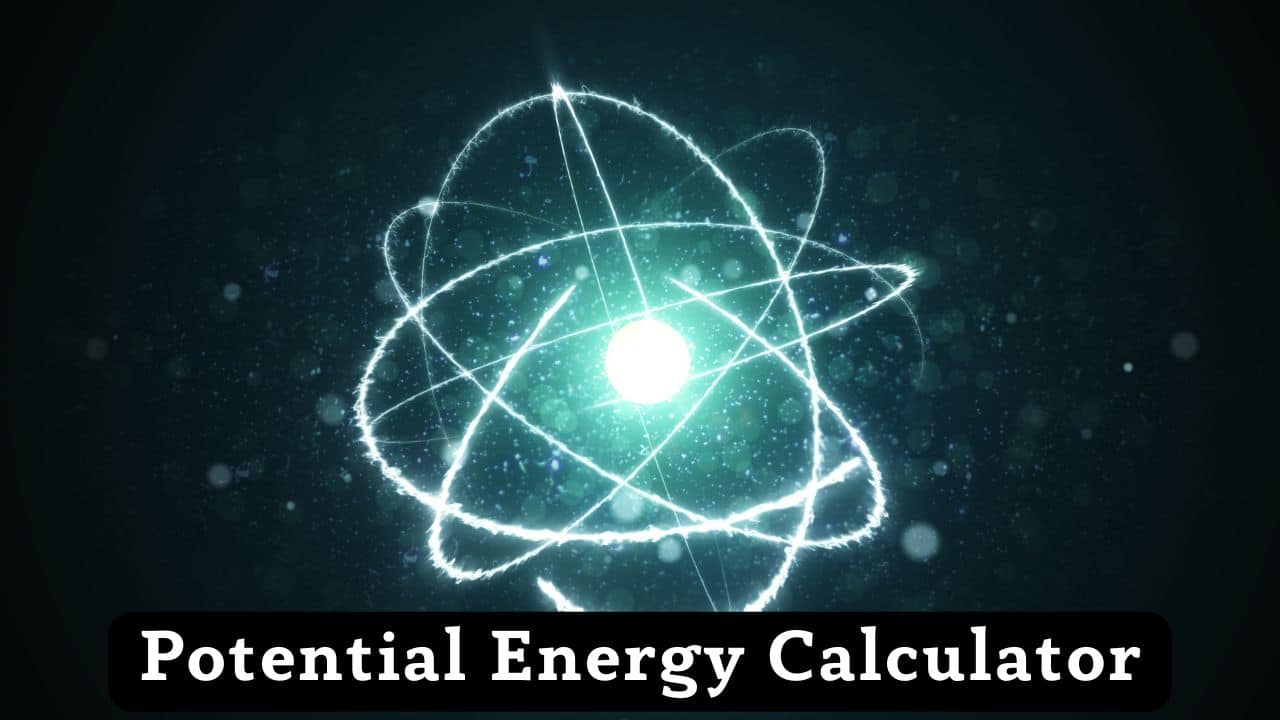
What Exactly is Potential Energy?
Think of potential energy as nature’s way of “saving energy for later.” Just like money in a savings account, potential energy represents stored energy that can be “withdrawn” and used when needed. The higher you lift an object or the more you compress a spring, the more potential energy you’re storing in the system.
Key characteristics of potential energy:
- Position-dependent: The energy depends on where the object is located
- Relative measurement: Always measured relative to a reference point
- Convertible: Can transform into kinetic energy (motion) and vice versa
- Conservative: The total mechanical energy remains constant in ideal systems
Gravitational Potential Energy: The Height Factor
Gravitational potential energy is the most common type you’ll encounter. Every time you climb stairs, lift a book, or even stand up, you’re working against gravity and storing energy. The formula PE = mgh tells us that this energy depends on three factors:
Breaking Down PE = mgh:
- m (mass): How much matter the object contains – more mass means more stored energy
- g (gravity): Earth’s gravitational acceleration (9.81 m/s²) – this is constant near Earth’s surface
- h (height): How high the object is above our reference point – double the height, double the energy
Elastic Potential Energy: The Spring Effect
When you stretch a rubber band, compress a spring, or bend a bow, you’re storing elastic potential energy. This type of energy follows the formula PE = ½kx², where the energy increases dramatically with displacement.
Understanding PE = ½kx²:
- k (spring constant): How “stiff” the spring is – stiffer springs store more energy
- x (displacement): How far you’ve stretched or compressed from the natural length
- ½ factor: Comes from the mathematical relationship of Hooke’s Law
- x² relationship: Double the stretch means four times the energy!
This quadratic relationship explains why it becomes increasingly difficult to stretch a spring further – you’re storing exponentially more energy with each additional unit of displacement.
Real-World Examples and Applications
Example 1: The Playground Swing
Scenario: A 30 kg child sits on a swing 2 meters above the ground
Calculation: PE = mgh = 30 kg × 9.81 m/s² × 2 m = 588.6 J
Real meaning: This energy will convert to kinetic energy as the child swings down, reaching maximum speed at the bottom
Example 2: The Archer’s Bow
Scenario: A bow with spring constant 500 N/m is drawn back 0.5 meters
Calculation: PE = ½kx² = ½ × 500 × (0.5)² = 62.5 J
Real meaning: This stored energy will propel the arrow forward when released
Example 3: The Water Tower
Scenario: 1000 kg of water stored 50 meters high
Calculation: PE = mgh = 1000 kg × 9.81 m/s² × 50 m = 490,500 J
Real meaning: This massive potential energy provides water pressure throughout the city
🔄 Energy Transformations: The Conservation Principle
One of the most beautiful aspects of potential energy is how it transforms into other energy forms while conserving the total amount. This principle, known as conservation of mechanical energy, governs countless natural phenomena.
Common energy transformations:
- Gravitational PE → Kinetic Energy: A falling object speeds up as it loses height
- Elastic PE → Kinetic Energy: A released spring pushes objects away
- Kinetic Energy → Gravitational PE: A thrown ball slows down as it rises
- Kinetic Energy → Elastic PE: A moving object compresses a spring upon impact
